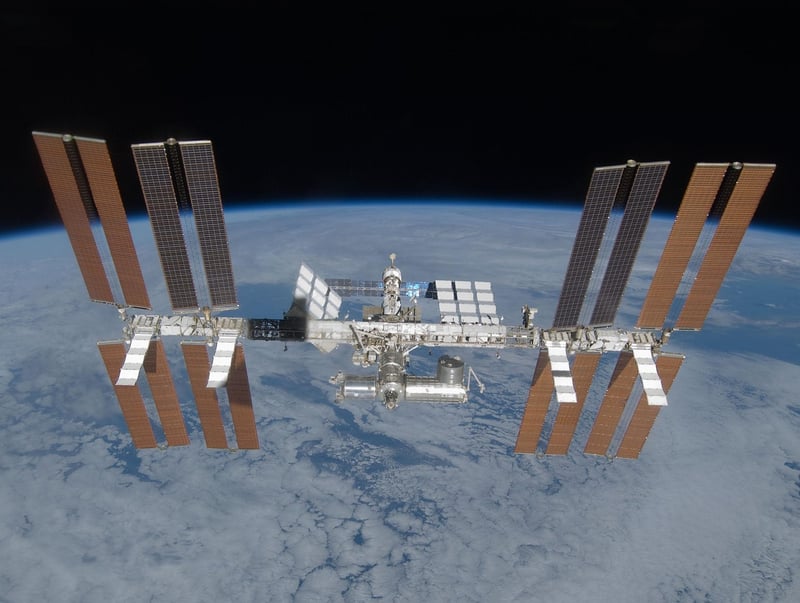Space Stations
Exploring Distant Worlds and Space Stations
Space exploration has always been a fascinating topic, with the idea of venturing into the unknown capturing the imagination of people around the world. From distant planets to space stations orbiting the Earth, the possibilities of what lies beyond our atmosphere are limitless.
Distant Worlds
When it comes to exploring distant worlds, one of the most intriguing objects in our solar system is Mars. Often referred to as the Red Planet, Mars has been a subject of interest for scientists and space agencies for decades. With its rocky terrain, polar ice caps, and potential for past life, Mars continues to be a target for future manned missions.

Another exciting destination for space exploration is Saturn's moon, Titan. Known for its thick atmosphere and methane lakes, Titan presents a unique opportunity for studying organic chemistry and the possibility of life beyond Earth.

Space Stations
Space stations play a crucial role in understanding the effects of long-duration space travel on the human body and conducting various scientific experiments in microgravity. The International Space Station (ISS) is a prime example of a collaborative effort between multiple countries to maintain a habitable outpost in Earth's orbit.

China's Tiangong space station is another notable addition to the list of space stations, showcasing China's advancements in space exploration and research capabilities.

As technology advances and more countries join the space race, the future of space exploration looks promising, with the potential for humans to one day set foot on distant worlds and establish permanent habitats in space.
